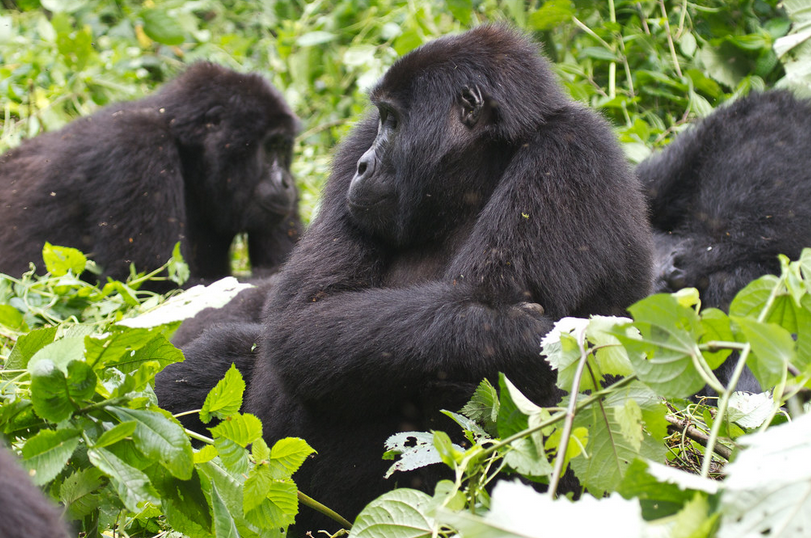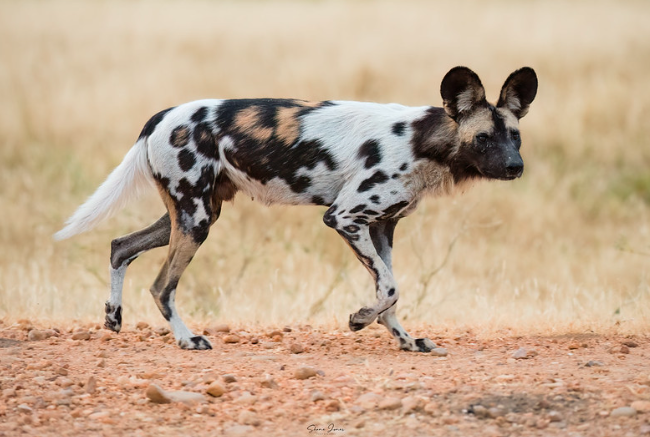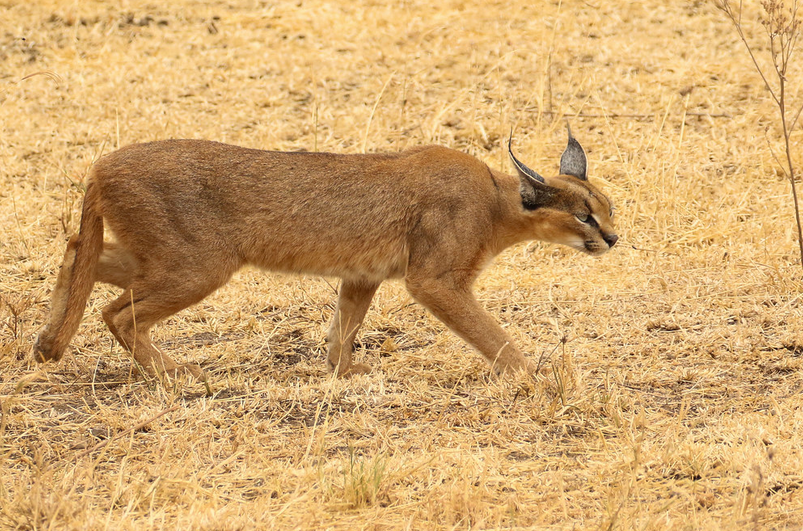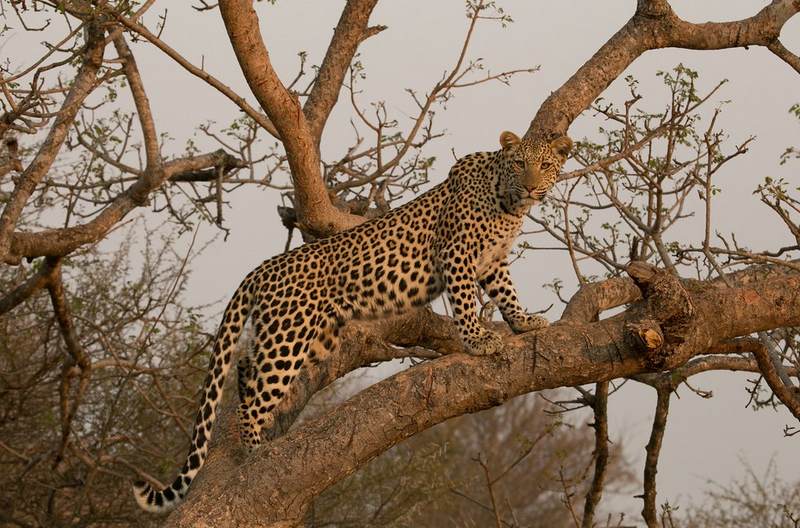The Ankole Culture
“The Nkore”
Overview:
The Ankole Culture: is a traditional Bantu kingdom located in the south-western region of Uganda bordering Rwanda and the Democratic Republic of Congo, east of Lake Edward. It started way back in the 15th century and was ruled by a monarch known as the Omugabe. The people of Ankole are called Banyankole (Muyankole in singular) in Runyankole language, a Bantu language. They inhabit the present districts of Mbarara, Ntungamo and Bushenyi but also people from the present counties of Rubando and Rujumbura in Rukungiri district share the same culture.
Originally, Ankole was known as Kaaro-Karungi and the word Nkore is said to have been adopted during the 17th century following the devastating invasion of Kaaro-Karungi by Chawaali, the then Omukama of Bunyoro-Kitara. The word Ankole was introduced by British colonial administrators to describe the bigger kingdom which was formed by adding to the original Nkore, the former independent kingdoms of Igara, Buhweju, Sheema and parts of Mpororo.
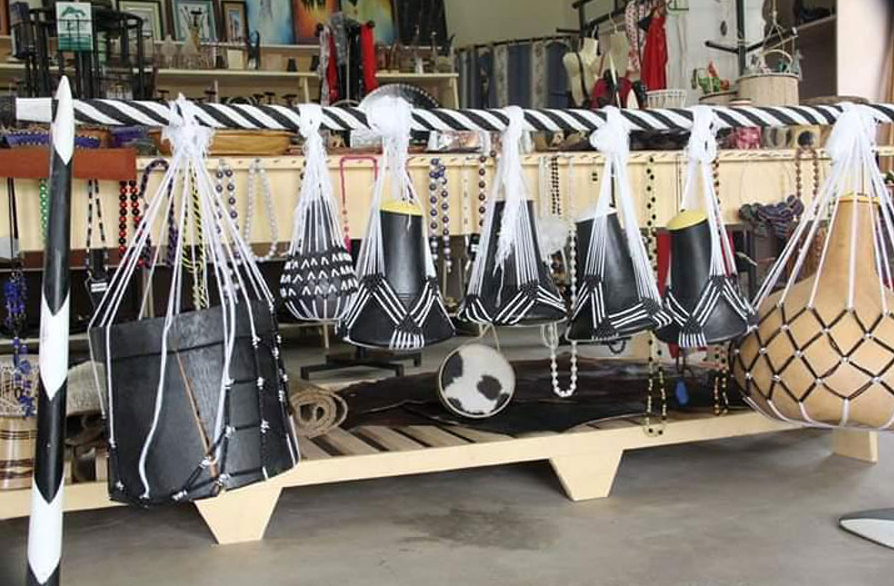
The Ankole Culture
What to see and enjoy
Social Stratification
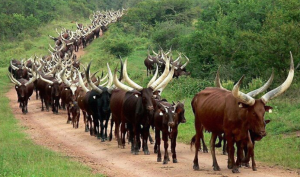
The Banyankole society was mainly divided into two-main classes; the Bahima who were the cattle keepers and the Bairu who were the agriculturalists. The Bahima were regarded superior to the Bairu though the two groups had a standard ancestry. The society was a dual pyramid with pastoral and agricultural existence however, within the two classes, the clans cut across both the Bairu and the Bahima. There was a general belief that, what made a mwiru (plural of Bairu) that was a hoe and what made a Muhima (plural of Bahima) that was cattle. However, this type of belief wasn’t very accurate because one merely acquiring cows wouldn’t immediately transform him from a Mwiru into a Muhima nor would the loss of cows transform a Muhima into a Mwiru. One who owned few cattle would be called a Murasi if he was a Muhima and one who owned cattle was called a Mwambari if he was a Mwiru. The two groups lived together and existed in co-dependence; the Bairu exchanged cattle products with the Bahima and therefore, the Bahima equally received agricultural goods from Bairu. This was due to the need of milk, meat, hides and other cattle products by the Bairu whereas the Bahima also needed agricultural products as well as the local brewed.
Political Organization
The kingdom had a centralized administration system headed by the Omugabe (King) who was assisted by the local chiefs and a major minister (Enganzi). The Abagabe (Kings) came from the royal Bahinda clan; they regularly held court where they resolved disputes involving quite 50 cows and cases of wives deserting their husbands. The Enganzi was the favored chief with the power on which disputes would be heard by the Mugabe; he alone had the power to enter the Mugabe’s rooms at any time. At his appointment, a neighborhood chief was given several hundred cows as a present from the Omugabe. Ordinary cattle herders were liberal to settle wherever they chose in search for excellent pastures and wise leadership. Chiefs regularly held courts to resolve minor conflicts per annum and agents from the Mugabe traveled throughout the dominion in search of taxation within the sort of one cow per fifty cows during a homestead. They however had no right to levy taxes on subjects. The Ankole kingdom was ruled by 23 kings and a few were buried in Nkokonjeru (Ankole Royal Tombs).
Language
Ankole lies to the southwest of Lake Victoria in southwestern Uganda. These cattle-keeping people migrated from the north into central and western Uganda and mingled with indigenous farming people. They adopted the language of the farmers but maintained their separate identity and authority, most notably in the kingdom of Ankole. The county was well suited for pastoralism “nomadic herding” and its rolling plains were covered with abundant grass. Today, ideal grazing land is diminishing due to a high rate of population growth.
Religion
The biggest number of Banyankole today is Christians belonging to major world denominations including the Roman Catholic Church and the Church of Uganda who are Anglicans. Fundamental Christianity, such as Evangelicalism is common. Public confessions of such sins are adultery and drunkenness are common, as well as rejection of many traditional secular and religious practices. The element of indigenous Kinyankole religion that survives most directly today is the belief in ancestor spirits. It is still believed that many illnesses result from neglect of a dead relative especially a paternal relative. Through divination, it is determined which ancestor has been neglected.
Dressing code
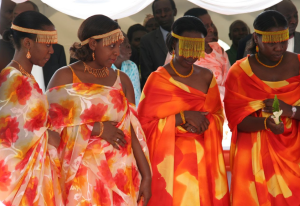
Clothing differentiates Banyankole by gender and rank; chiefs traditionally wore long robes of cow skins, compared to ordinary citizens who were commonly attired in a small portion of cow skin over their shoulders. For the women of all classes, they wore cow skins wrapped around their bodies and covered their faces in public also. When traveling to visit friends and family, Bahima women were carried in a cow skin covered litter for fear that walking would tire them. In more modern, cotton cloth has come to replace cow skins as a means of draping the body. And for special occasions, a man might wear a long white cotton robe with a western-style sports coat over it and a hat resembling a fez may also be worn. Women cover their heads, bodies and partially their faces with dark-colored cotton cloth. Today, Banyankole wear Western-style clothing and also dress suitable for agriculture, such as overalls, shirts and boots. For the case of the teenagers, they are attracted to international fashions popular in the Kampala city. International business, educations and travel enable the introduction of the latest fashions from abroad as well as the dissemination of Ugandan clothing, handbags, jewelry and other crafts to different countries.
Family Life
Among the Bahima, a young girl was prepared for marriage at the age of ten years though sometimes as early as eight years. Marriage often occurred before a girl was sexually mature or as soon as after her initial menstruation and for this reason, teenage pregnancies before marriage were uncommon and polygamy was associated with rank and wealth. Bahima herders who were chiefs typically had more than one wife, and the king (Mugabe) sometimes had over one hundred. Marriages were alliances between clans and large extended families and pre-marital virginity was valued. Currently, Christian marriages are common and the value attached to extended families and the importance of having children have persisted as measures of a successful marriage. Monogamy is now the norm though marriages now days occur at a later age than in the past due to the attendance at school of both girls and boys. As a consequence, teenage pregnancies out of wedlock have risen and girls are severely punished by being dismissed from school or even disciplined by parents. For this reason, infanticide is now more common than in the past, given that abortion is not legal in Uganda.
Birth
The Ankole people did not have peculiar birth customs; whenever a woman was to give birth for the first time, she would be sent to her mother. Majority of these women were brave to an extent of giving birth by themselves without any need for a midwife. However, if things went wrong, an acting midwife usually an old woman would be summoned. If the afterbirth reused to come out freely and quickly after the child, some medicine would be administered to the woman. And if the normal herds failed to induce it out, the husband of the woman was required to climb with a mortar to the top of the house, raise an alarm and slide the mortar down from the top of the house.
Naming
The Banyankole name the child immediately after birth and the normal practice was after the mother had finished the days if confinement referred to as ekiriri. The woman would confine herself for four days if the child was a boy and three days if the child was a girl. After these days, the couple would resume their sexual relationship in a practice called Okucwa eizaire. The name given to the child depended on the personal experience of the father and mother, time when the child was born, the days of the week, place of birth and the name of ancestor. The name would be given by the father, grandfather and the mother of the child. However, the father’s choice usually took precedence. The names given were nouns and verbs that could appear in normal speech. Often the names also portrayed the state of mind of the persons who gave them for example the name Kaheeru among the Banyoro portrayed the fact that the husband suspected that the woman got the child outside the family. In traditional culture, it was normal for the woman to have sex with her in-laws and even have children by them and such children were not regarded any different from the other children in the family.
Death
Amongst the Banyankole, illness is not considered a natural cause of death; such deaths require an investigation to find the responsible party. By contrast, old age is accepted as a sufficient cause for death and also held that God allows old people to die after their time on earth. The Banyankole view death as a passage to another world. When a man dies, all relatives, friends and neighbors are informed. Whoever fails to attend the funeral without a good reason may be suspected of being associated with the death. Before the burial, the body is washed and the eyes are closed. As the deceased is placed in the grave, the right hand is placed under the head while the left hand rests on the chest and the body lies on the right side. One or more cows are slaughtered to feed everyone present and beer is provided as part of the mourning. The mourning goes on for four days and a deceased woman is treated in a similar manner except that in the grave she is made to lie on the left side as if she is facing her husband. Her left hand is placed under her head, while her right-hand rests on her chest.
Food
The Bahima herders consume milk, butter and also drink fresh blood from their cattle though their staple food is milk. Beef is also very important to them but when milk and meat are scarce, millet porridge is made from the grains obtained from the Bairu. Buttermilk is drunk by women and children only but when used as sauce, it is mixed with salt, meat and at times millet porridge is dipped into it. Children can eat rabbit but men can eat only the meat of the cow or even the buffalo. It is noted that herders never eat chicken or even their eggs and women mainly consume milk, preferring it to all other foods. Cereals domesticated in Africa; millet, sorghum and eleusine dominate the agricultural Bairu sector. The Bairu keep sheep and goats and unlike other herders, these farmers do consume chickens and eggs.
Sports
A number of sports such as track and field and soccer are very popular in primary and secondary schools. Children play an assortment of games including hide-and-seek, farming, housing, wrestling and ball games such as soccer.
Origins
History has it that the primary king of Ankole was Ruhanga (creator), who is believed to have come from heaven to rule the world. Ruhanga is believed to possess accompany his three sons namely; Kahima, Kakama and Kairu and it is said that he gave a test to work out of which one of his sons would become the ruler. Within the test, the boys were tasked with keeping pots crammed with milk on their laps throughout the night. At the top of the task, the youngest son, Kakama is claimed to have passed the test followed by Kahima the eldest son and lastly Kairu. Ruhanga is claimed to have declared that Kairu and Kahima would serve their brother Kakama after which he ascended back to heaven.
The pastoralists Hima or call them the Bahima established dominion over the agricultural Iru also known as the Bairu. The Iru and Hima established close relationships, supported trade and symbolic recognition but they were unequal partners in these relations. They retained their separate identities through rules prohibiting intermarriage and when such marriages occurred, they considered void. Ankole kingdom was divided into ten counties but they are now divided into various political constituencies. These counties originally included Kashari, Rwampara, Isingiro, Rwampara, Nyabushozi, Ibanda, Sheema, Igara, Buhweju, Bunyaruguru, Mbarara and Kajjara.
Below are some of our tours to different destinations in the Country
1 Day Chimpanzee Ngamba Island Tour
1 Day Source of the Nile Jinja
2 Days Murchison falls national park
3 Days Lake Mburo national park safari
3 Days Murchison falls national park
3 Days Queen Elizabeth national park
4 Days Kidepo savannah wildlife safari
5 Days Queen & Bwindi Adventure safari
6 Days Uganda wildlife & primate safari
7 Days Uganda Adventure Safari
8 Days Gorilla & Wildlife safari
10 Days Gorilla & Adventure safari
Request a Quote
Featured Tour Updates
Permit cost for gorilla trekking in Uganda
Permit cost for gorilla trekking in Uganda Permit cost for gorilla trekking in Uganda : Gorilla trekking is one...
The African Wild Dog
The African Wild Dog The African wild dog: (Lycaon pictus) also known as the African painted dog or Cape...
The Caracal (Felis caracal)
The Caracal (Felis caracal) The Caracal (Felis caracal): is a medium-sized wild cat that can run up to 50...
African Leopards (Panthera pardus)
African Leopards (Panthera pardus) African Leopards (Panthera pardus) : are one of the most feared but respected animals in...


